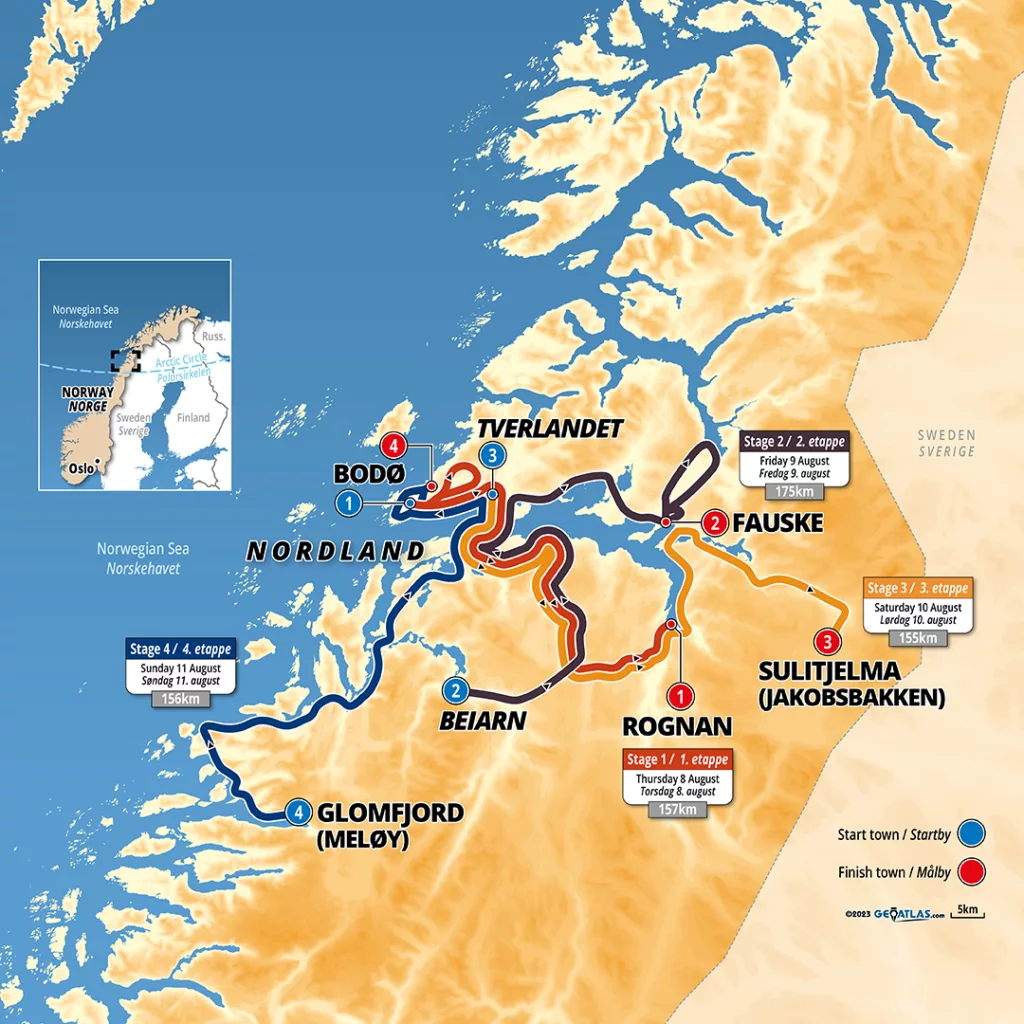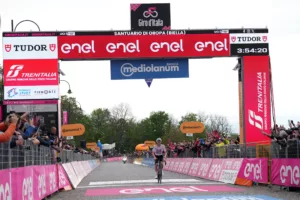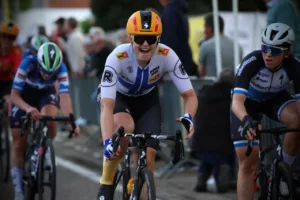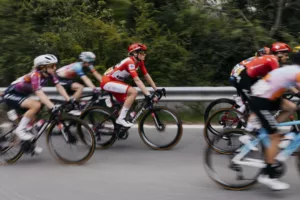Organisers of the Arctic Race of Norway, categorised as 2.Pro, have recently unveiled the route for the upcoming edition, which is to commence next year. Cyclists are anticipated to confront a particularly arduous ascent and, for the first time in the race’s history, tackle a gravel section, adding an extra challenge to the already demanding competition.
The eleventh edition of the race promises to be especially gruelling, featuring two summit finishes and a stage brimming with elevation gains. In a nod to the strong sprinters, the opening stage appears favourable to their skills. The competitors will embark from Bodø, traversing just over 150 kilometres to culminate in Rognan. The latter part of this stage, which mirrors the inaugural leg of the 2016 race, will see the cyclists ascend several inclines. That particular year, Alexander Kristoff triumphed in the sprint finish.
For the speedsters in the peloton, the second stage may prove excessively tough, with its route including a climb of the first category, followed by a second-category ascent and two third-category hills. The opening climb of the day, leading up to Beiarfjellet, holds the distinction of being the longest climb in the relatively brief chronicle of the Arctic Race of Norway. Moreover, participants in this stage will also encounter a gravel section, an addition that is sure to test their mettle and versatility.
The penultimate day of the race will not provide any respite for the competitors with another day of climbing, culminating in a finish in Sulitjelma. The final climb measures 6.5 kilometres at an average gradient of 6.2%. If the general classification remains tightly contested after three days, spectators can expect a thrilling finale. The closing stage returns to Bodø, concluding atop a challenging ‘wall’, a climb of 1.1 kilometres at a steep average gradient of 9.2%.
Last year’s Arctic Race of Norway was claimed by Britain’s Stephen Williams, who rides for Israel-Premier Tech. In the general classification, he managed to stave off competition from Italy’s Christian Scaroni and the United States’ Kevin Vermaerke. In addition, two Belgians made it into the top-10, with Dylan Teuns finishing fifth and Kamiel Bonneu securing ninth place.
For the 2024 edition, the race is on the calendar from the 8th to the 11th of August. The stages are scheduled as follows: on the 8th, Stage 1 from Bodø to Rognan covers 157 kilometres, followed by Stage 2 on the 9th from Beiarn to Fauske stretching 175 kilometres. The 10th will see Stage 3 taking the cyclists from Tverlandet to Sulitjelma over 155 kilometres, and on the final day, the 11th, Stage 4 will take them from Glomfjord back to Bodø, totalling 156 kilometres. This year’s event is shaping up to be a true test of resilience and strength, with the inclusion of gravel set to add an unpredictable element to the already challenging Norwegian terrain.






